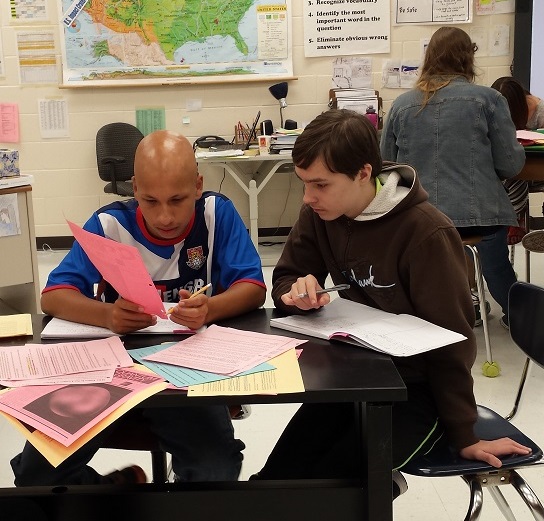Educator Onboarding
LEO Art Challenge Workshop
ICE 2019: Satellite Tracking, Orbits, and Modeling
SEEC 2019: Satellite Tracking, Orbits, and Modeling
Workshop:ITEC Trek-a-Sat
Workshop: 2018-01-27 Yerkes
Workshop: 2017-10-28 Carthage-Yerkes Electrostatics in Space
Workshop: 2017-06-29-BTCI-Life in Space!
Workshop: 2017-03-11 Yerkes
Workshop: 2017-02-07 SEEC
Workshop: 2017-01-28 Yerkes
Tools You Might Use
Educational Learning
Standards
Documentation
Fly Me to the Moons -- Middle School
Topic outline
-
Written By: Frances Dellutri, Jr. High/Intermediate Level SpacEdge Education Team, Updated August 2023
Grade (Age) Level: Grades 5-8 (Ages 10-13)Updated 11/9/23
Key Topics Associated With Standards:Scale Properties, Astronomy, Solar System Models, Proportion, Quantity, Interpreting Data, Gravity, Patterns, Math, Moon, Modeling
US Standards: NGSS:
MS-ESS1-3 http://www.nextgenscience.org/dci-arrangement/ms-ess1-earths-place-universe
Summary: This interdisciplinary course will allow investigations into the relative location of objects in our solar system, how to change the scale of those items, the relative size of objects in a model. Students are further encouraged to conduct research on the moons in our solar system and then to make a model of one, complete with its features using artistic techniques.
Goals: The goals of the course are to impress scale modeling techniques and perspectives.
Pre-requisite: Understanding of ratios is helpful.
Index of Course Activities:
-
 Students gather data on the moons of the solar system and choose the moon they would like to model.
Students gather data on the moons of the solar system and choose the moon they would like to model. The particular moon's characteristics are recorded and organized for use in their 3-D model in Activity 6.
There are several links to consider watching to introduce this topic and more resources can be found in the folder below.
What Makes a Moon so fascinating?:
https://www.google.com/?gws_rd=ssl#tbm=vid&q=what+makes+a+moon
Solar System's 10 Most Incredible Moons.:
